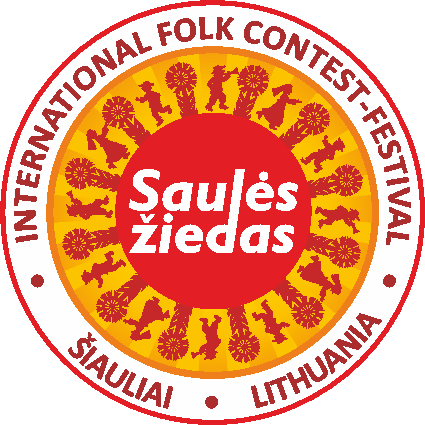One cannot talk about traditional dance in Castile without mentioning the name of the great maestro Justo del Río (1894–1985). Back in the early 1930s, he began to explore the remains of the rich dance tradition of the Castilians in the rural areas of Burgos, so prone as we are to underestimating our own identity. Fortunately, he still found, collected, restored, and staged much of it, thus laying the foundations for the Burgos Dance School.
In 1968, after decades of tireless work as a choreographer, stage designer, and artistic director for various organizations, he created the group that bears his name: Danzas Burgalesas Justo del Río. For 56 years, we have been proud to preserve his memory and his work while continuing to evolve and enrich a repertoire that includes jotas, giraldillas, jeringonzas, seguidillas, polkas, mazurkas, flat or low dances, high or leaping dances, ritual dances, wheel dances, corridos, etc., in addition to the representation of different traditions. Special care is also given to the costumes from the different regions. They have been made with materials appropriate to the period and with great ethnographic rigor.
Furthermore, the recovery of traditional instruments practically forgotten in the province of Burgos—such as the Galician bagpipe, the three-hole whistle, the Castilian key whistle, the Sanabresa bagpipe, the various tambourine beats, and other percussion instruments—is a constant feature of our work.
The quality of the group is endorsed by numerous national awards (Amapola Gold, Silver, Bronze and Special Grand Prize “Biela de Oro” in Alcázar de San Juan in 1972, ’73, ’74 and ’75; Villalar de los Comuneros Award in 1980, among others), international awards (Castagna d’Oro 1970, Susa, Italy; Bronze Necklace at the 1975 Autumn Games, Dijon, France; 2nd Prize at the 1969 Llangollen Festival, United Kingdom; Grand Prix of Nations 1999 in Port-sur-Saône, France), and the distinctions achieved since its founding. Likewise, its presence has been constant in the most important festivals in many European countries, as well as Turkey, Mexico, Chile, Syria, Tahiti (French Polynesia), and Israel.
Artistic Director: Anita Vizina-Nielsen










